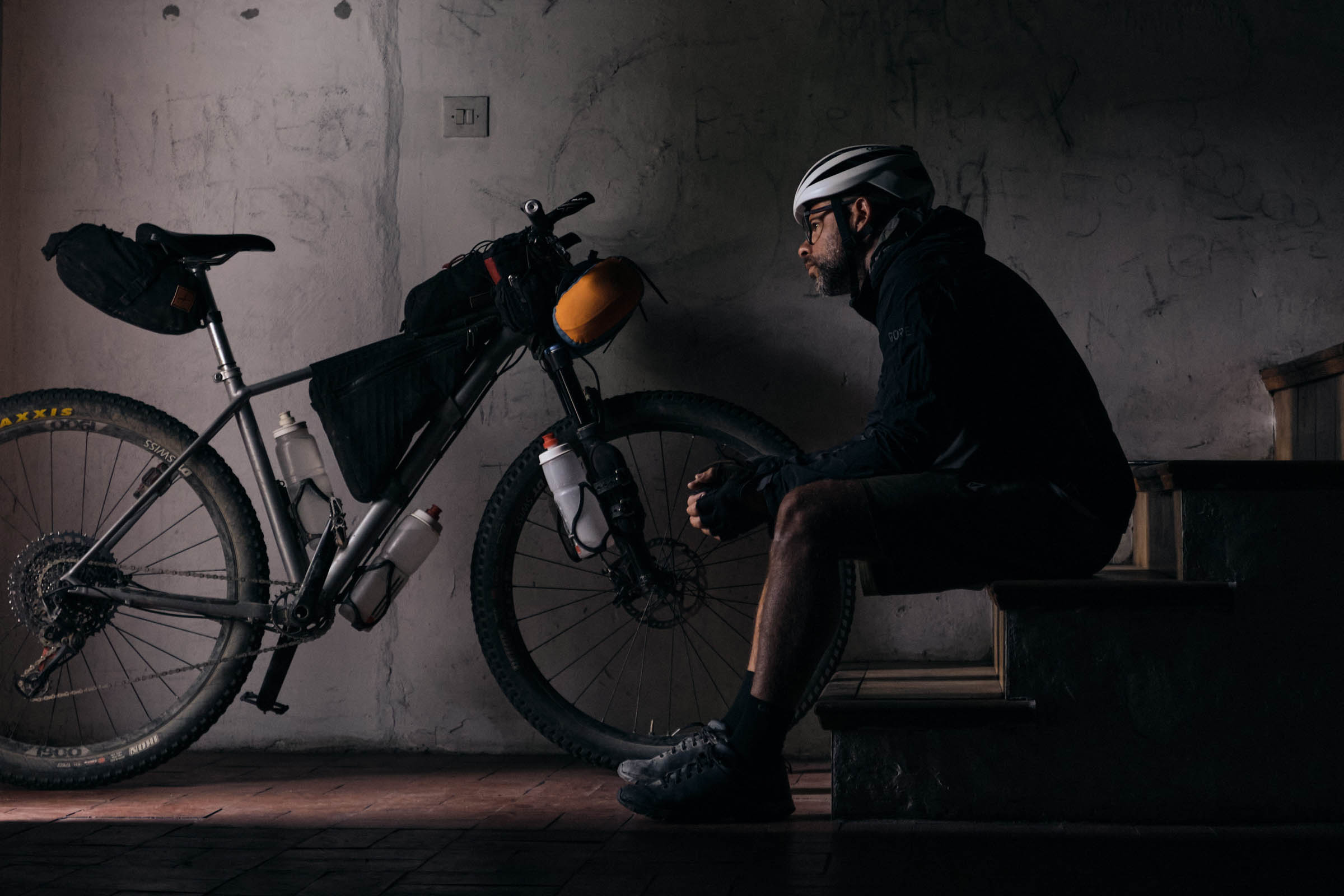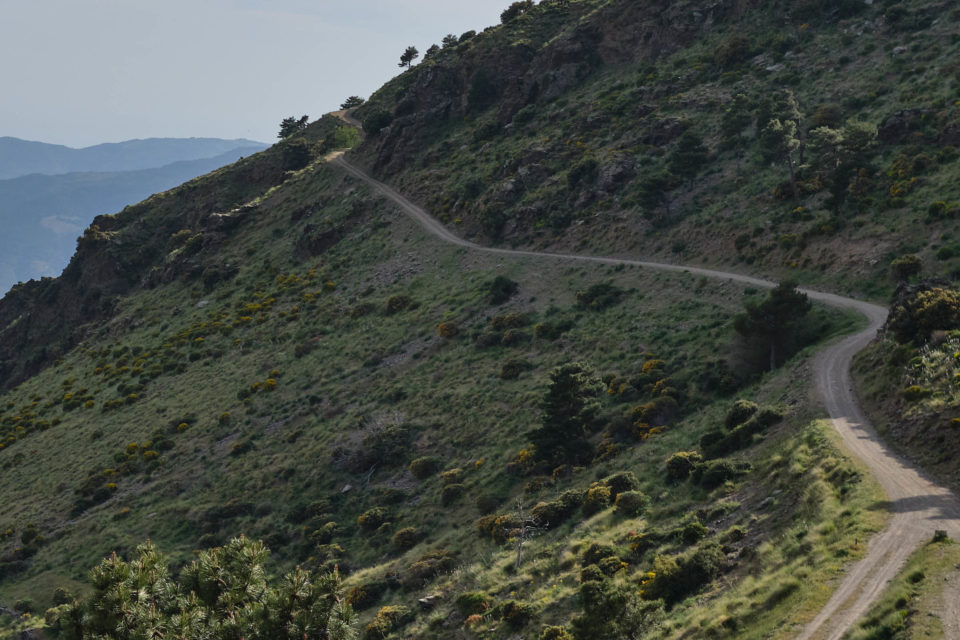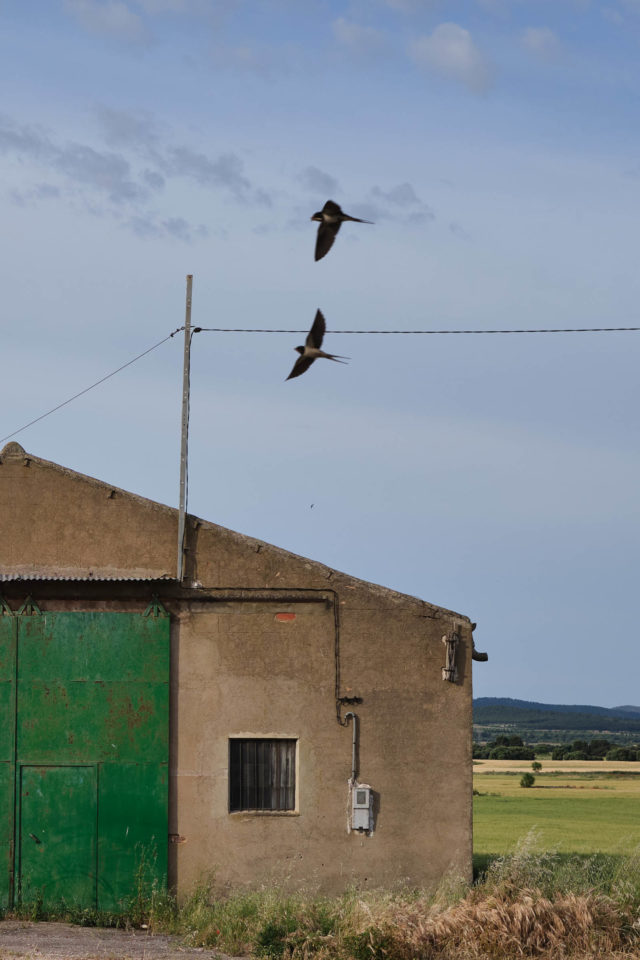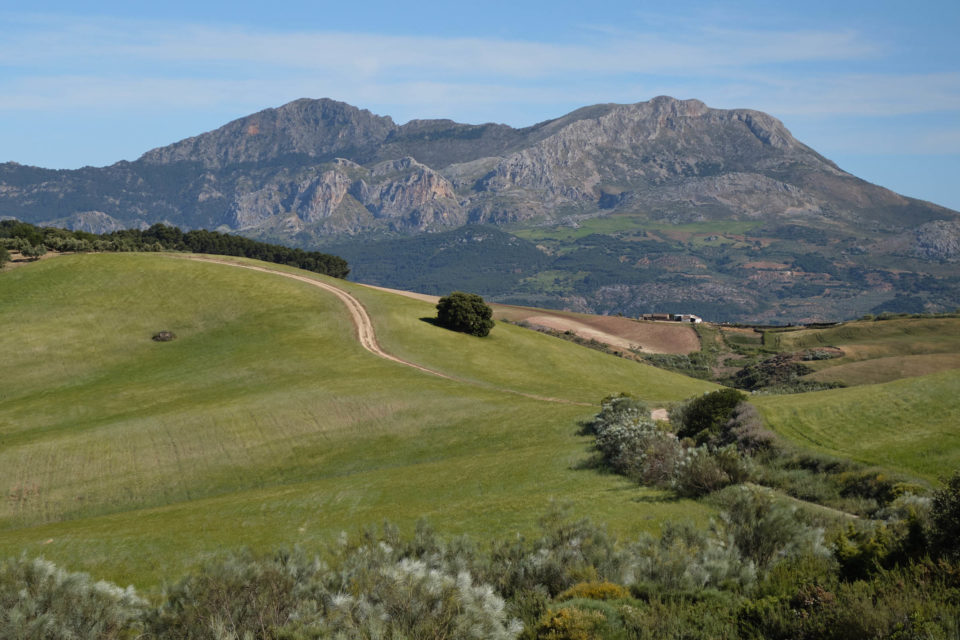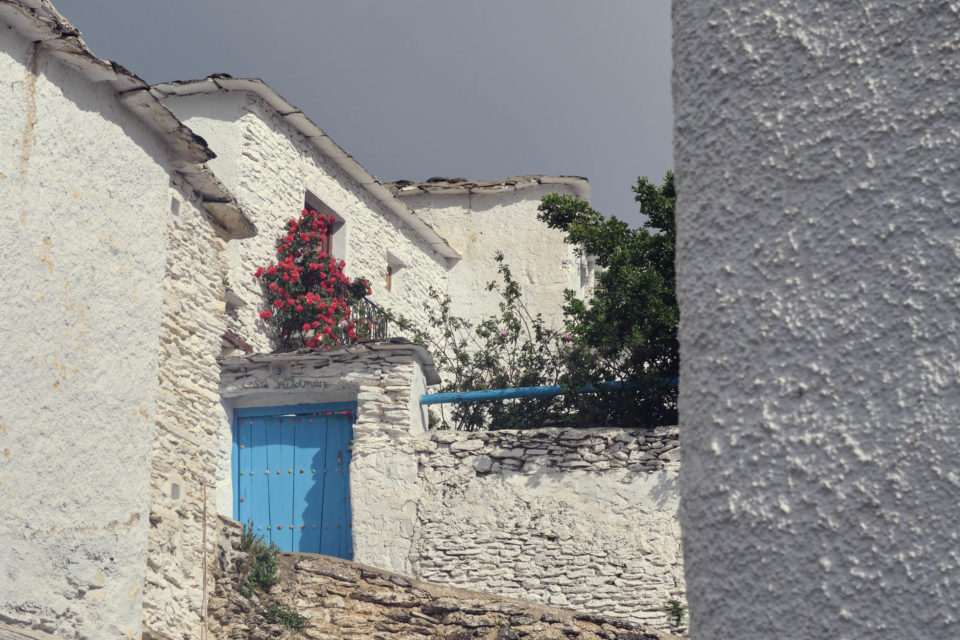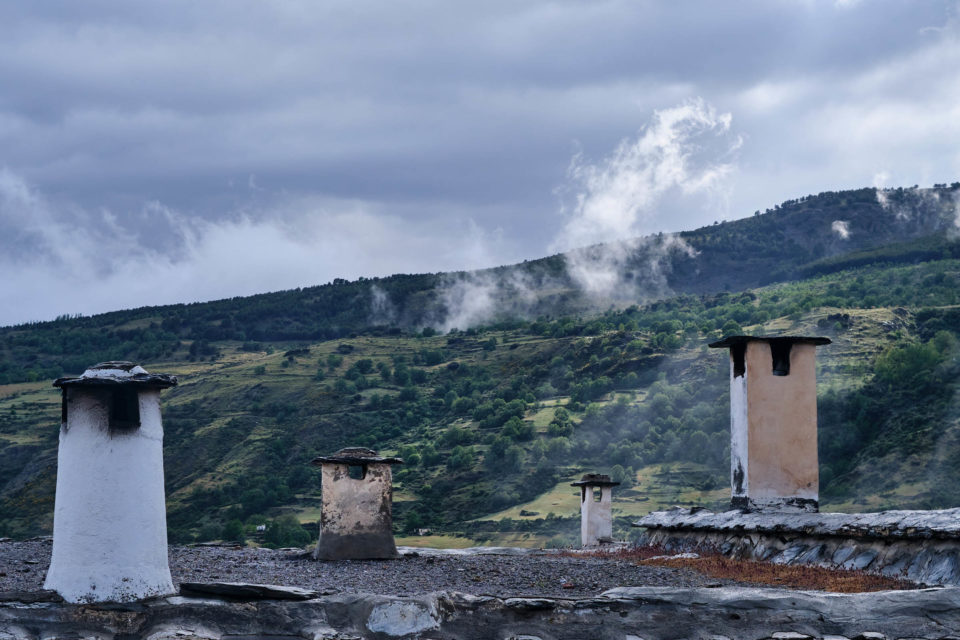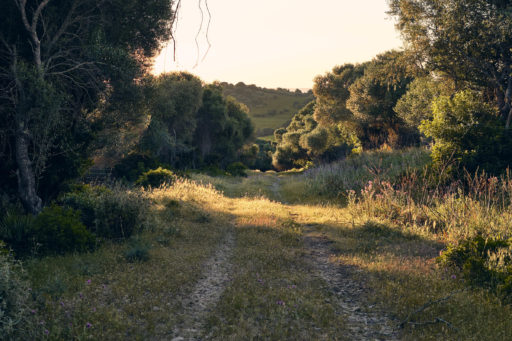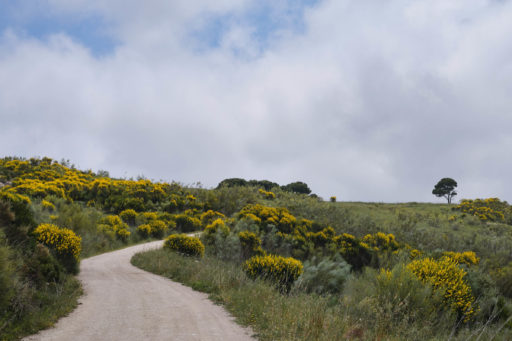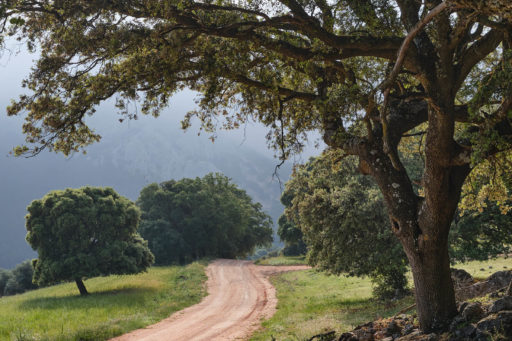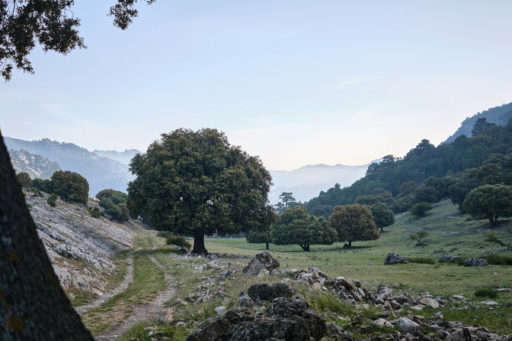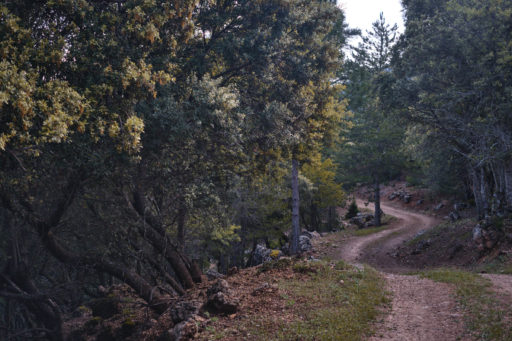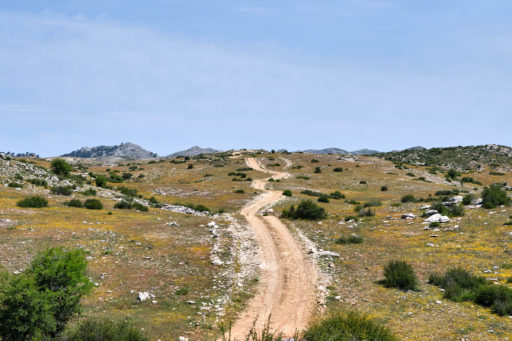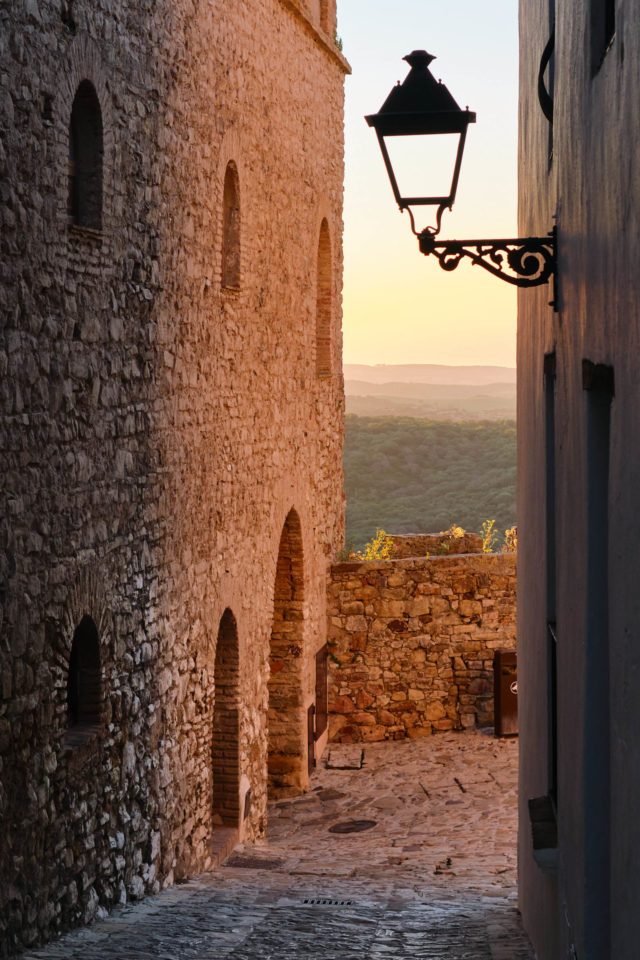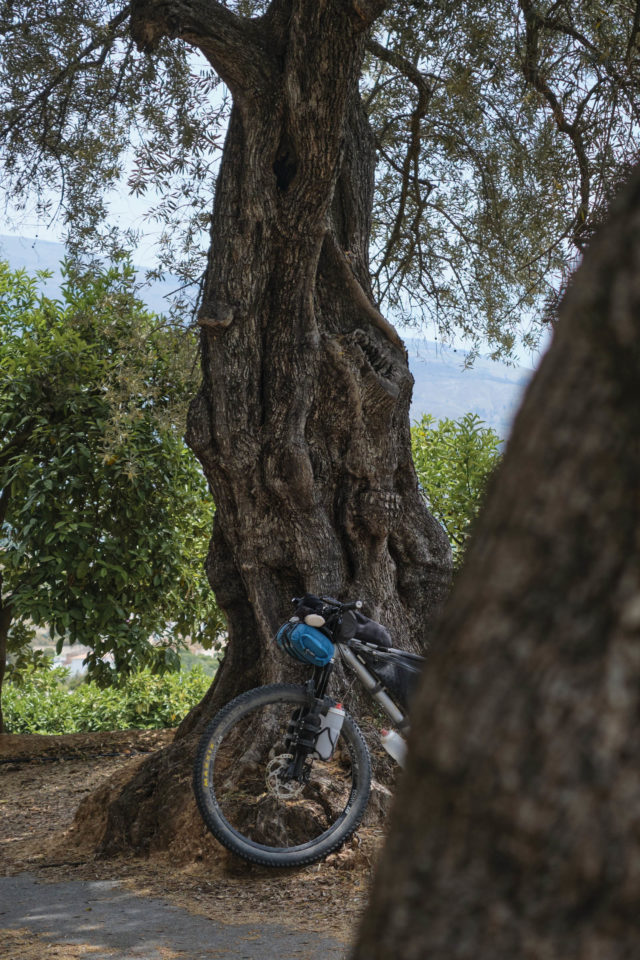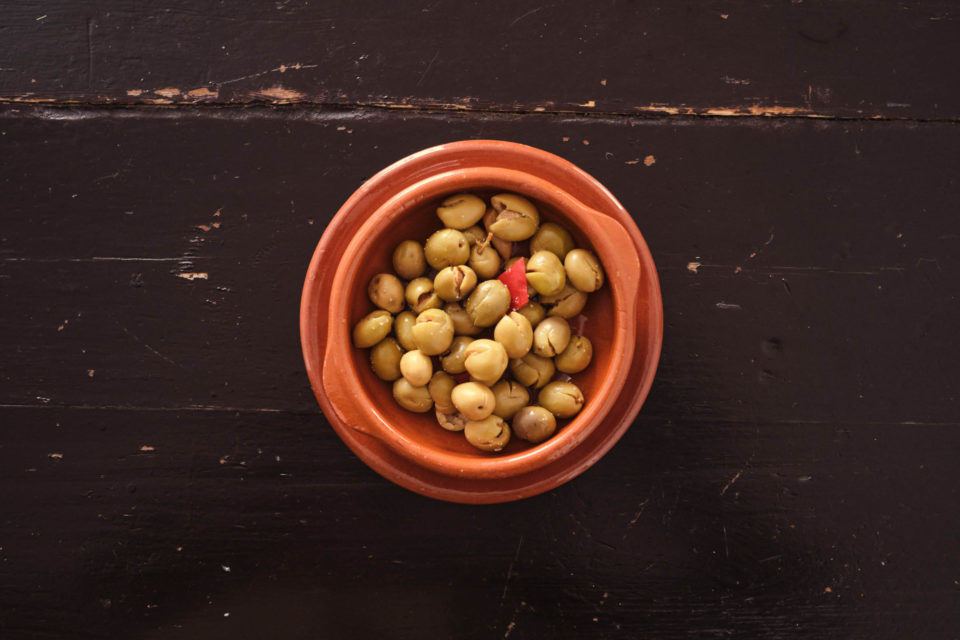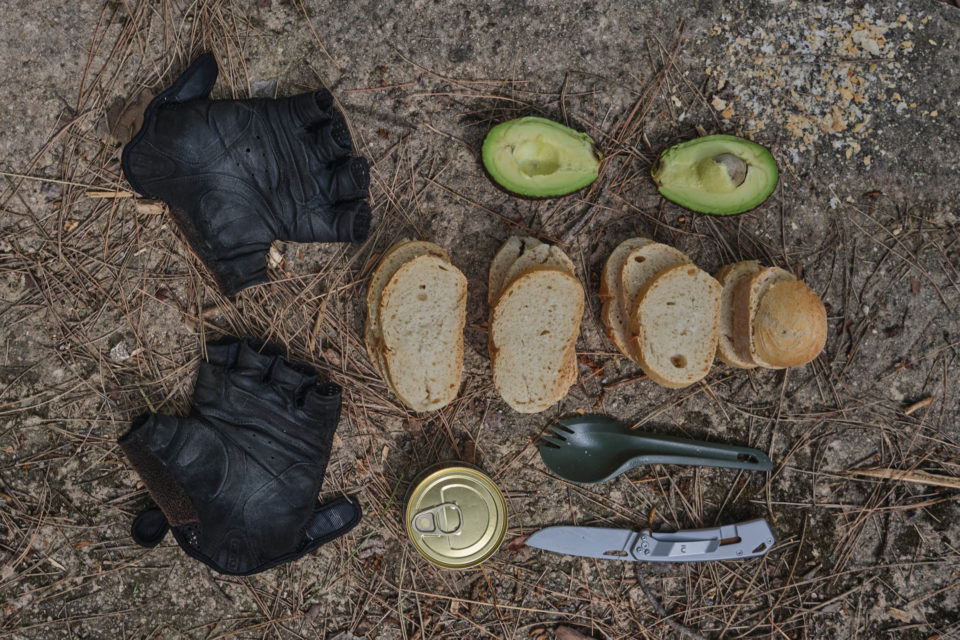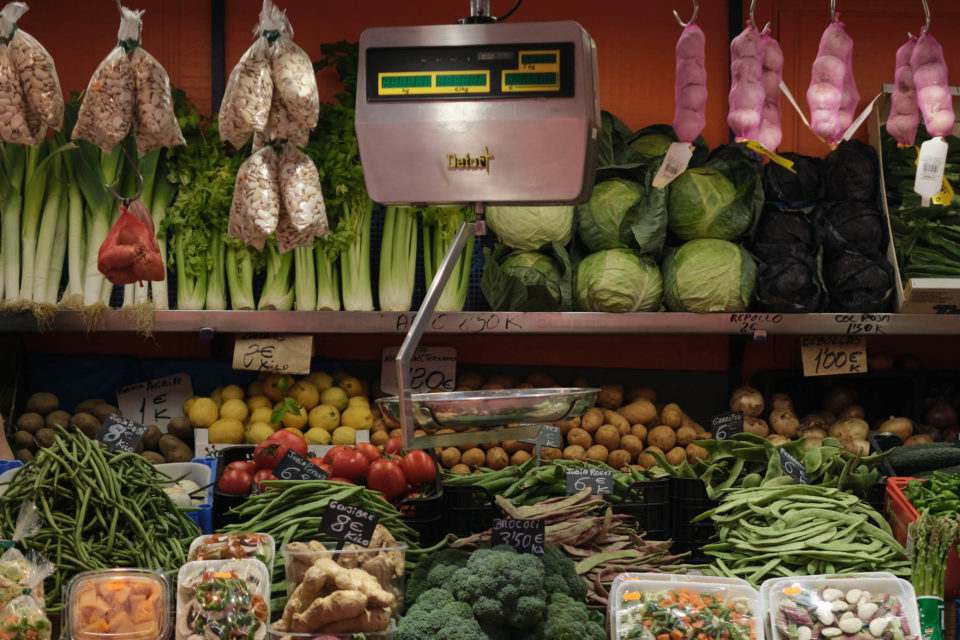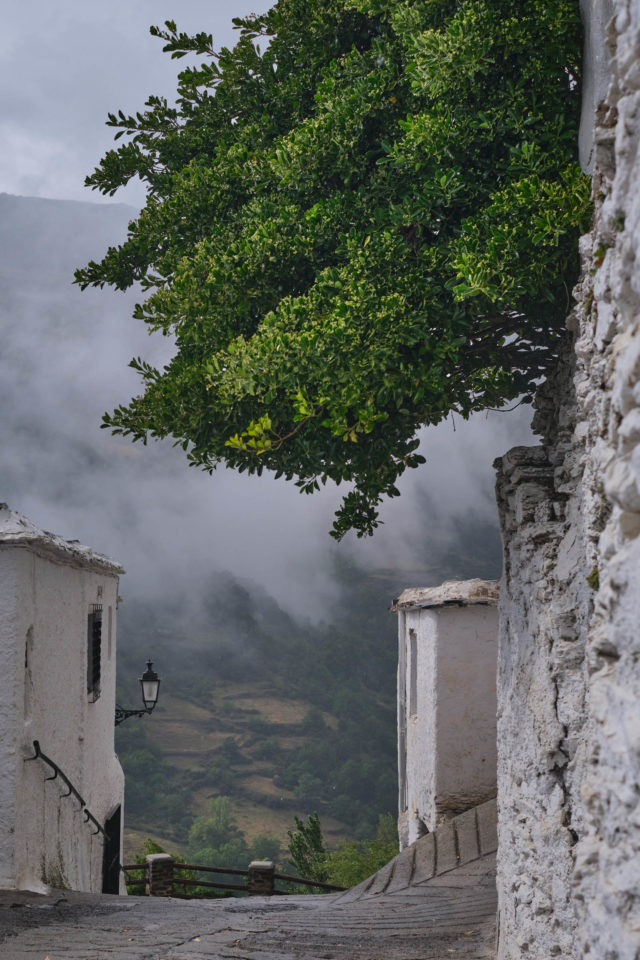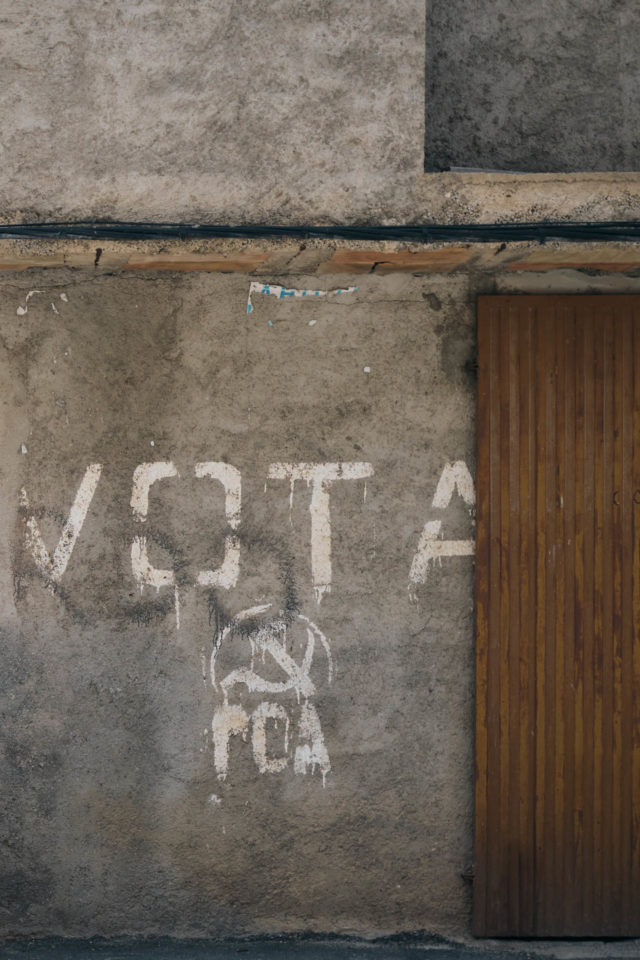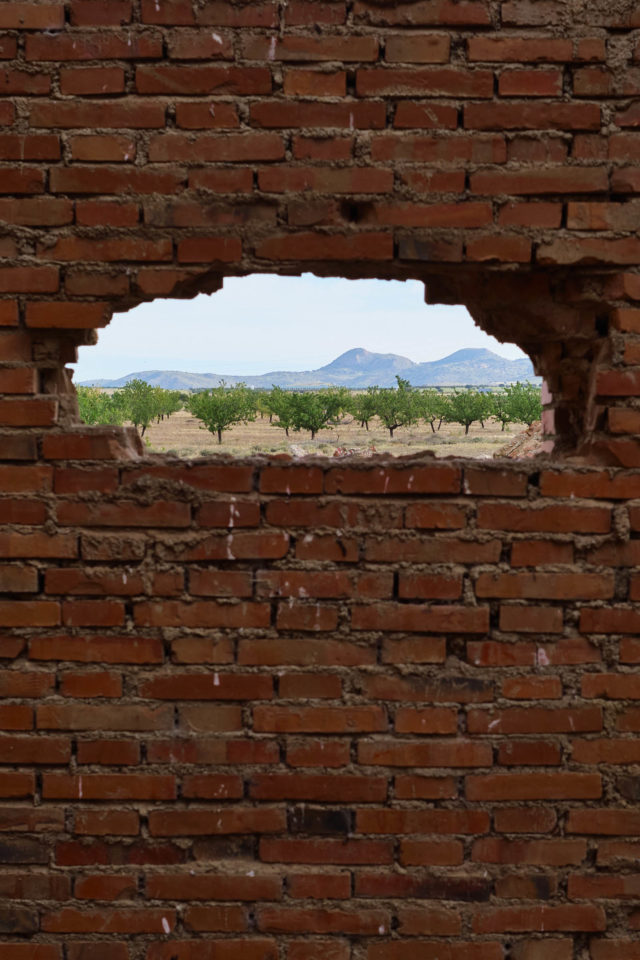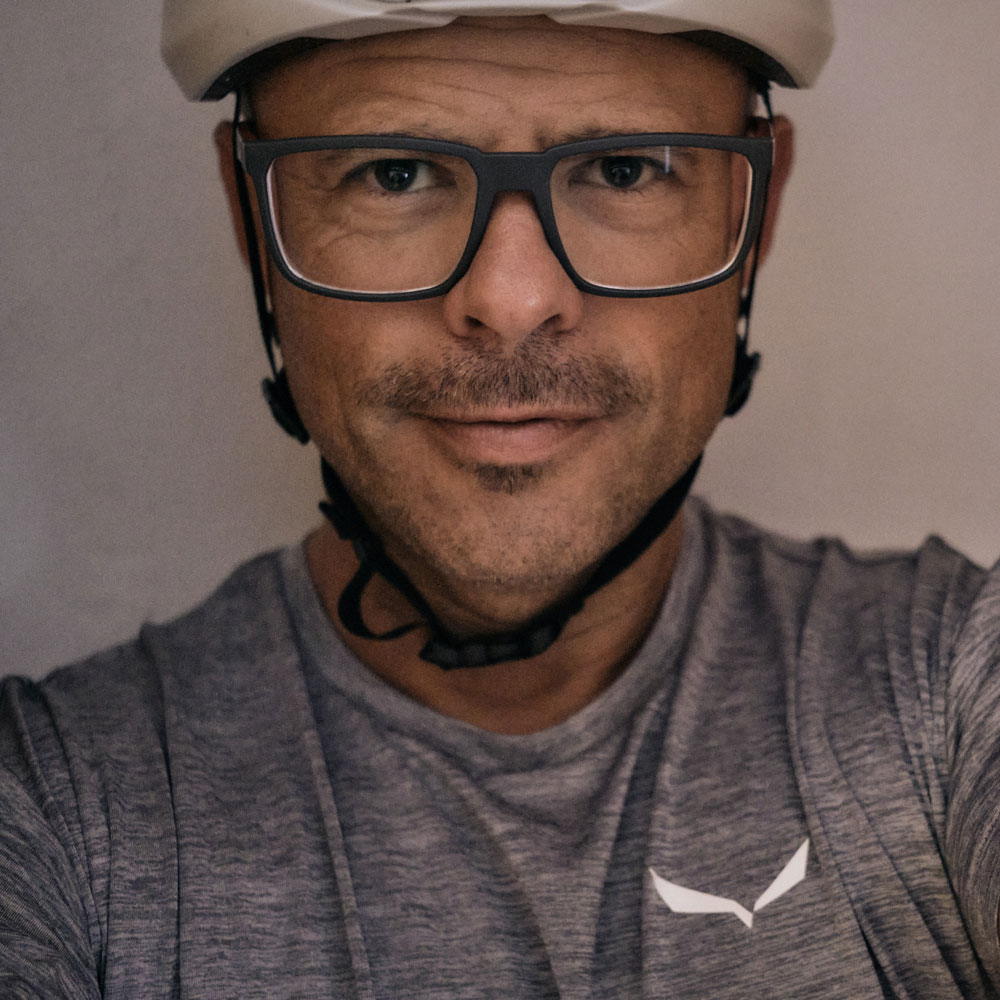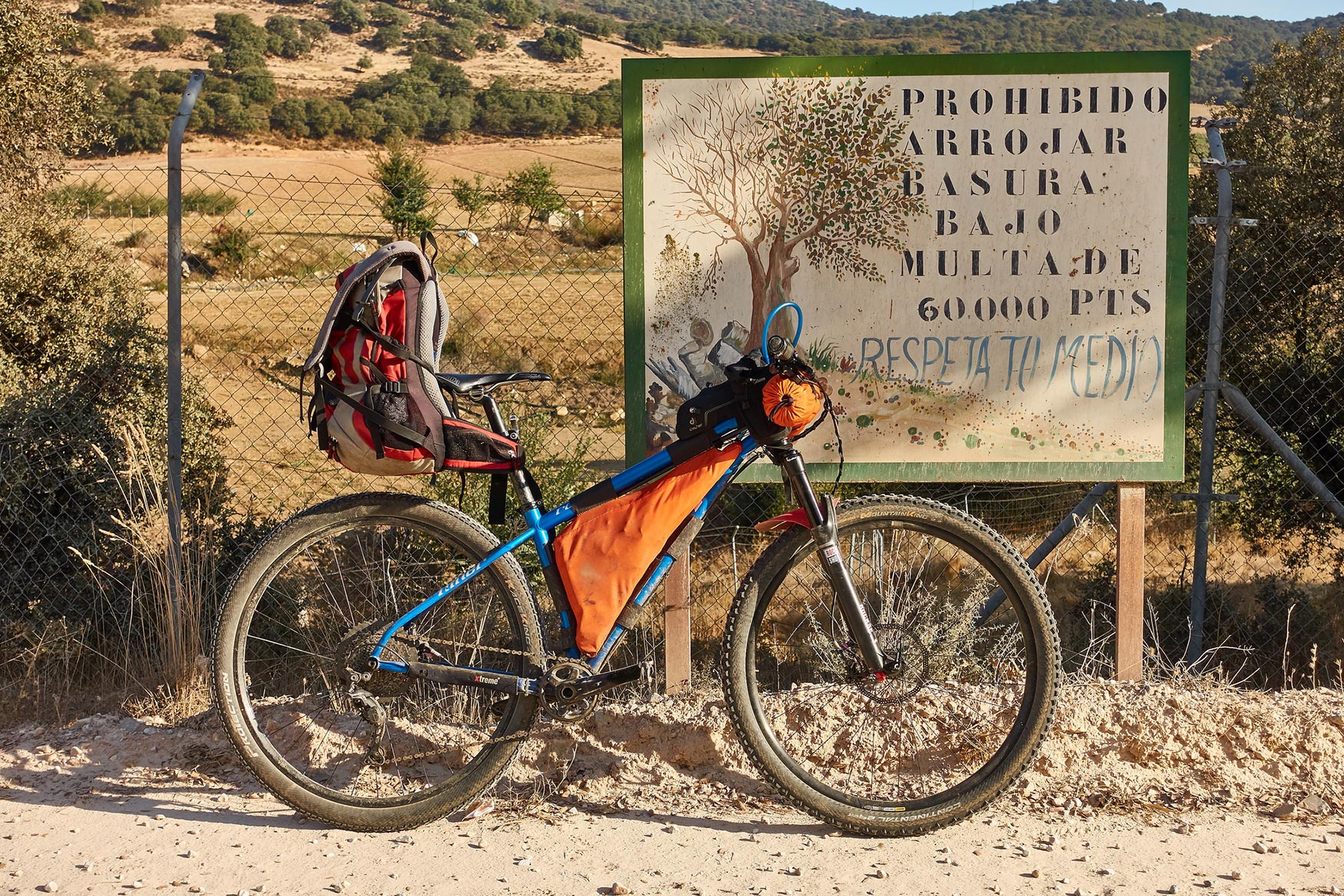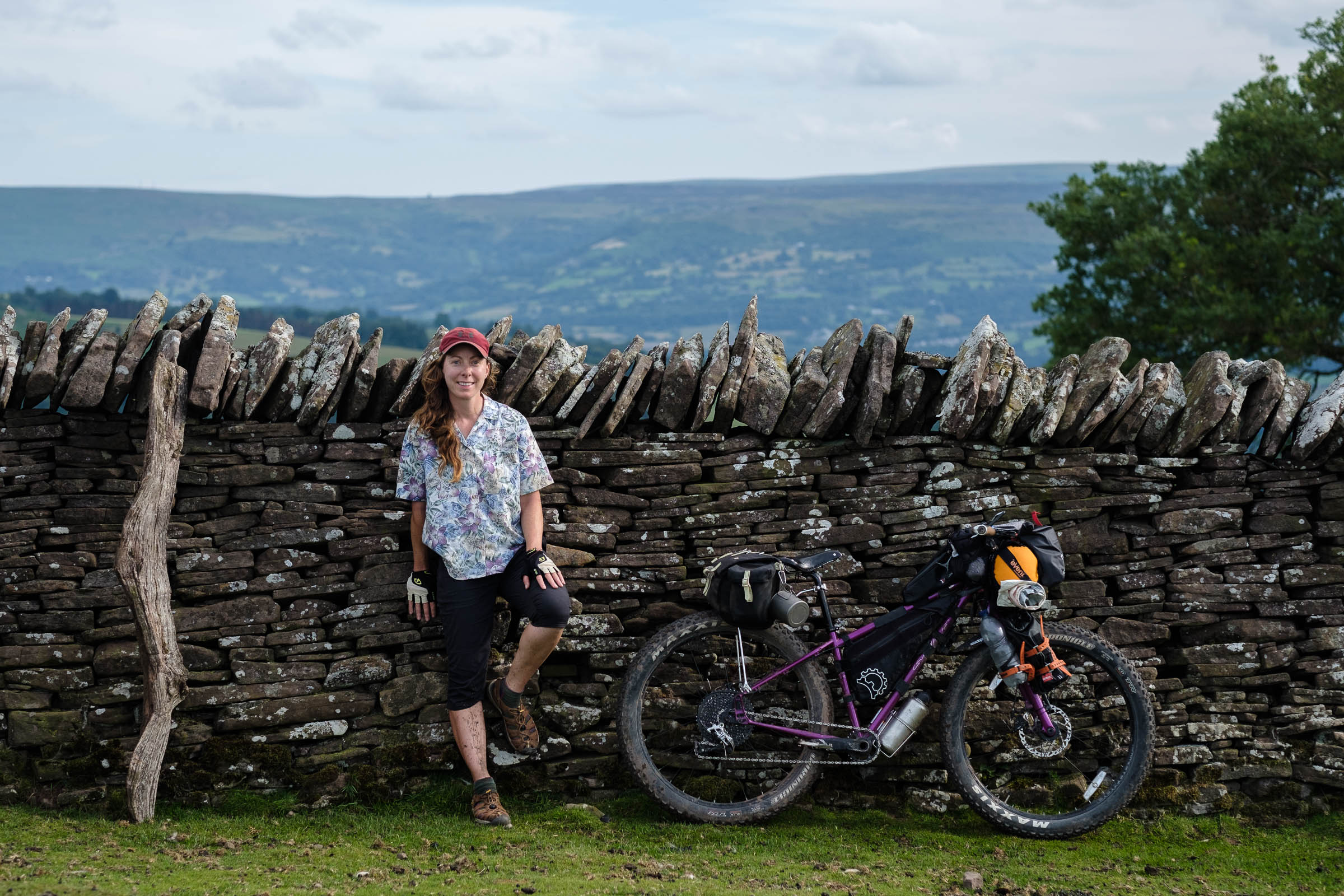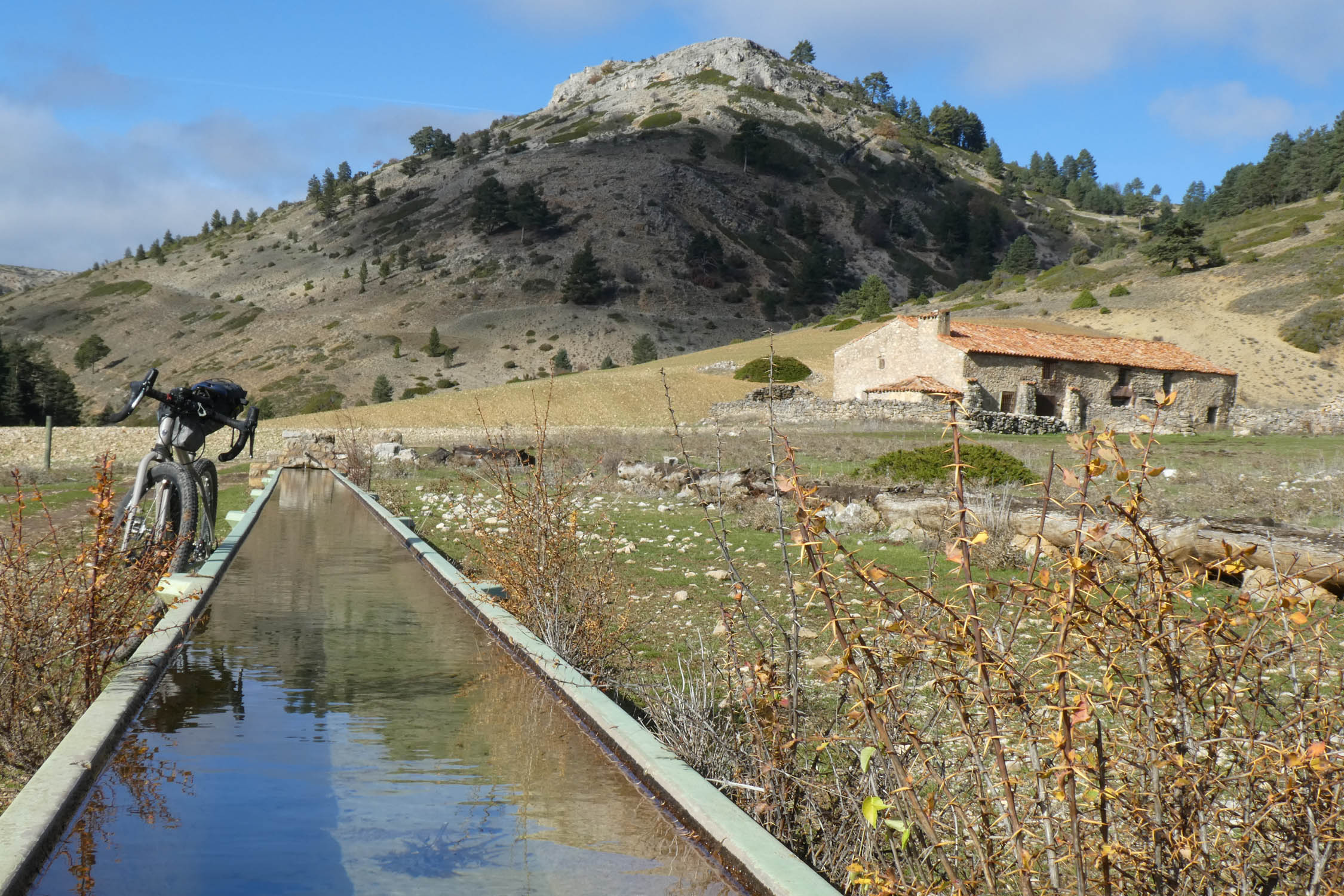Route Report: The Altravesur, by Matteo Minelli
Share This
Back in May, Matteo Manelli set out on a solo ride across the Altravesur, our 1,336-kilometer route that crosses southern Spain from Cadiz in the west to Valencia on the Mediterranean coast. Along the way, he captured an amazing set of photos of the route’s many landscapes and details and wrote up this handy route report. Find it all here…
Words and photos by Matteo Minelli (@matminelli)
As with every trip, it started with dreaming about it. Looking at Logan’s pictures, and I felt like a child again, in a movie theatre watching Sergio Leone’s Spaghetti Westerns (he mostly filmed in southern Spain). Ennio Morricone was whistling in my ears, and I was riding my mechanical horse into the west. Open landscapes crossed by endless doubletracks, untamed mountain ranges, magnificent Moorish heritage, stone villages and ancient fortresses, and a monumental distance to be covered with no other plans than pedal all day long and camp wherever it gets dark.
Planning
It’s March 2020 and I want to ride the Altravesur by May on a solo adventure. I will fly to Seville and cycle to Cadiz, where the route starts. Logistics seems easy, with plenty of resupply options and just a few remote sections. I will keep it light, with no stove and no tent. I will rely on supermarkets and tapas bars for food. I will cowboy camp under the stars, sleep in mountain huts, and find accommodation in case of bad weather. I will fly back from Valencia, arrange a cardboard bike box, and call a taxi to the airport. I expect to ride the route in three weeks, including flights and a few rest days.
The Pandemic
Our lives are suddenly on hold. All plans are postponed and all trips are cancelled. I stay home reading good books and baking terrible cakes. It’s tough and it takes more than one year to see some improvement. Now, it’s May 2021 and the Spanish government eases restrictions, lifts the curfew, and allows freedom of movement. It’s the best time of the year to ride the Altravesur. Time to book my flight, pack my bike, and enjoy my renewed, re-gained freedom. Finally, I’m free to ride all around the country. All day and all night long.
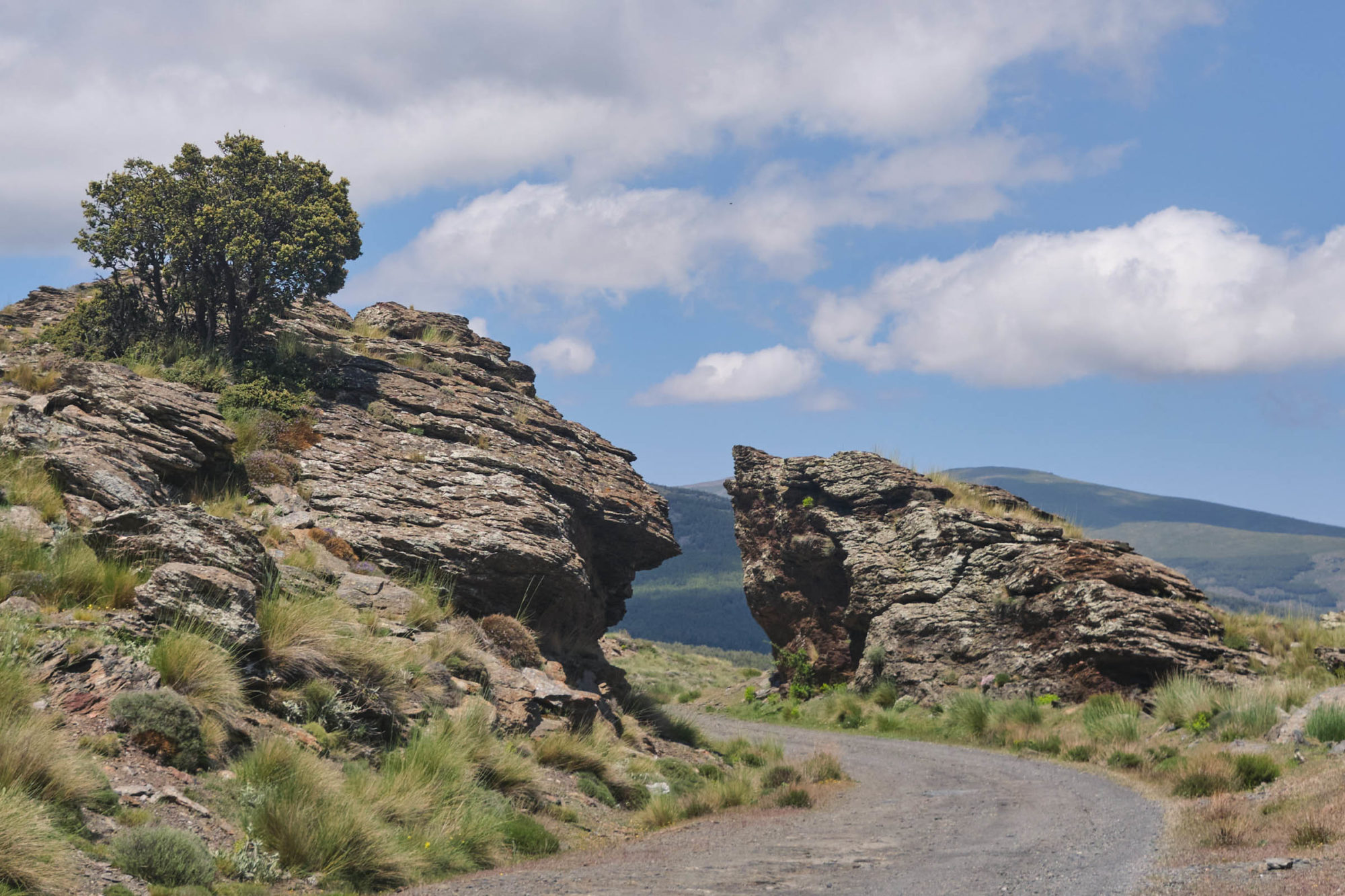
The Ride
The summer’s just begun and the land around Cadiz will roast under the sun for the next four months. It’s a coastal ride in a Mediterranean landscape, doubletracks between grain fields, wild sandy beaches, semi-desert hills, and windmills forests. I swim in the ocean and sleep at the beach. The route then heads inland, climbing into the cork oak forest of the Alcornocales, passing by Moorish fortresses and white villages, and finally crossing the stunning mountains of the Sierra de Grazalema.
Malaga is torrid. By mid-morning, your own shadow disappears under your feet, and the sun is everywhere. During Andalusian summer the siesta is not a lazy choice, it’s the only way to survive the afternoon. The route borders the mountainous area of the Sierra de las Nieves. I ride through open farming lands, cross ghost villages, and stop at remarkable historic towns. Ronda is a medieval town perched between the edges of a deep canyon. Antequera is an old city with gigantic prehistoric dolmens, Roman baths, a Moorish fortress, and many Christian churches.
Granada is made of high mountains and blessed with colder weather. The Sierra Nevada is the largest and highest mountain range on the route. I climb under the falling snow to reach the Alpujarras region, the last refuge for Muslims after their fall to the Catholic monarchs. The Moors built charming villages on the slopes of the Poqueira Gorge, maze-like steep and narrow streets, lime plastered stone houses, with flat roofs and characteristic chimneys. I sleep in Capileira as it will take me the next full day to cross the Sierra Nevada and descend to the next town. The Sierra de Baza is a smaller mountain range surrounded by open rural lands. It’s another long climb with no resupply options and scarce water sources.
Jaén embraces some of the most pristine outdoors in Spain. The Sierra de Segura is a lush green mountain range, covered by an untamed pine forest, and shaped in deep canyons by streams and rivers. It’s a long climb to reach the highest part of the natural park, and I still dream about the endless doubletrack that crosses the open highland pasture, one of my favourite sections of the route.
Albacete is a flat and rural land. The route first runs on a former railway track (Via Verde) and then follows the Jucar gorge on fast singletracks and secondary roads. Alcala del Jucar is a Moorish village with cave houses and narrow streets climbing on a steep slope above the river.
Valencia is surrounded by a hilly area, the route goes on doubletracks and secondary roads, the last climbs before entering the city: a vast and decadent old town covered in graffiti, an artsy and cosmopolitan community, and a prominent electronic music scene. Valencia is the Spanish Berlin and I am happy to spend a couple of days exploring the city before flying back home.
Food
I didn’t bring a stove, and in my frame bag I usually store peanut butter, dried fruit, cheese, bread, tins, and a couple of avocados. Andalucia is Europe’s biggest vegetable garden and orchard: avocados, tomatoes, oranges, peaches, apricots, and all seasonal fruit is excellent. Spanish canned seafood is great: octopus, squids, mussels, and sardines are always a good choice at the supermarket. Local dairies produce goat and sheep cheese with a different character from region to region. In tapas bars, I usually order pan tomate, toasted bread with fresh chopped tomato and olive oil; aceitunas, olives in brine or oil, puchero stew with chickpeas and beans. Spanish pork is a real delicacy, secreto and pluma are a must-try for every carnivore.
Logistics and Tips
The best time of the year is the end of May. You will probably suffer some heat in the first part of the route, but you will be fine in the mountains and will probably avoid the rain. October is another good option, the landscape would be yellowish and dryer after the summer.
You can reach the start of the route from Seville airport, it’s a one-day ride on fast doubletracks by the Guadalquivir riverside. You can fly back from Valencia airport. I arranged a cardboard box at Kudos Bike Shop and called a taxi to the airport (about 15€).
Resupply is easy, almost every village has a tapas bar and a mini-market (closed between 1 p.m. and 5 p.m.). The longest sections are Sierra Nevada (Treveléz to La Calahorra), Sierra de Baza ( Charches to Baza), Sierra de Segura (Campo Camara to Santiago Pontones).
Wild camping is fine all around the route. Camping areas with water and BBQs are frequent. Free refugios, often with water and a fireplace, are marked in the route map. Hotels and hostels are usually cheap and available all along the route.

Bike and gear
Bike: I rode a Canyon aluminium frame geared up with 28T chainring, 2.6” tubeless tires, and clipless pedals.
Tool kit: Multi-tool, chain tool, tubeless repair kit, Leatherman Squirt PS4, spare tube, chain link, brake pad, valve core, lube, sealant, and rag. Thorns and goat heads are common, I had to refill my tires’ sealant and patch my sleeping pad.
Water and food: 3.5 litres of water capacity. I needed it to face the heat in the south and the remote sections in the mountains. Spork and knife.
Sleeping system: Sea to Summit Spark 2 sleeping bag, Klymit sleeping pad, and pillow.
Clothing: Waterproof jacket, down jacket, mid layer, windstopper gloves, and buff tubular.
Electronics: Wahoo Roam GPS device, Cateye Volt 800 front light, 10,000mAh power bank, headlight, phone, headphones, cables, and plug.
Camera: Fujifilm X-E4 camera + Fujinon XF27mm F2.8 lens.
 With the epic GR7 as its backbone, the Altravesur crosses southern Spain from Cadiz in the west to Valencia on the Mediterranean coast. This challenging bikepacking route flows through countless mountain ranges and parks, incorporating portions of the TransAndalus and TransNevada cycling circuits, the GR249, GR243, GR247, and GR66 footpaths, the Via Verde de la Sierra Alcaraz, and the Ruta de Don Quixote. Find the full route guide here.
With the epic GR7 as its backbone, the Altravesur crosses southern Spain from Cadiz in the west to Valencia on the Mediterranean coast. This challenging bikepacking route flows through countless mountain ranges and parks, incorporating portions of the TransAndalus and TransNevada cycling circuits, the GR249, GR243, GR247, and GR66 footpaths, the Via Verde de la Sierra Alcaraz, and the Ruta de Don Quixote. Find the full route guide here.
Related Content
Make sure to dig into these related articles for more info...
Please keep the conversation civil, constructive, and inclusive, or your comment will be removed.






